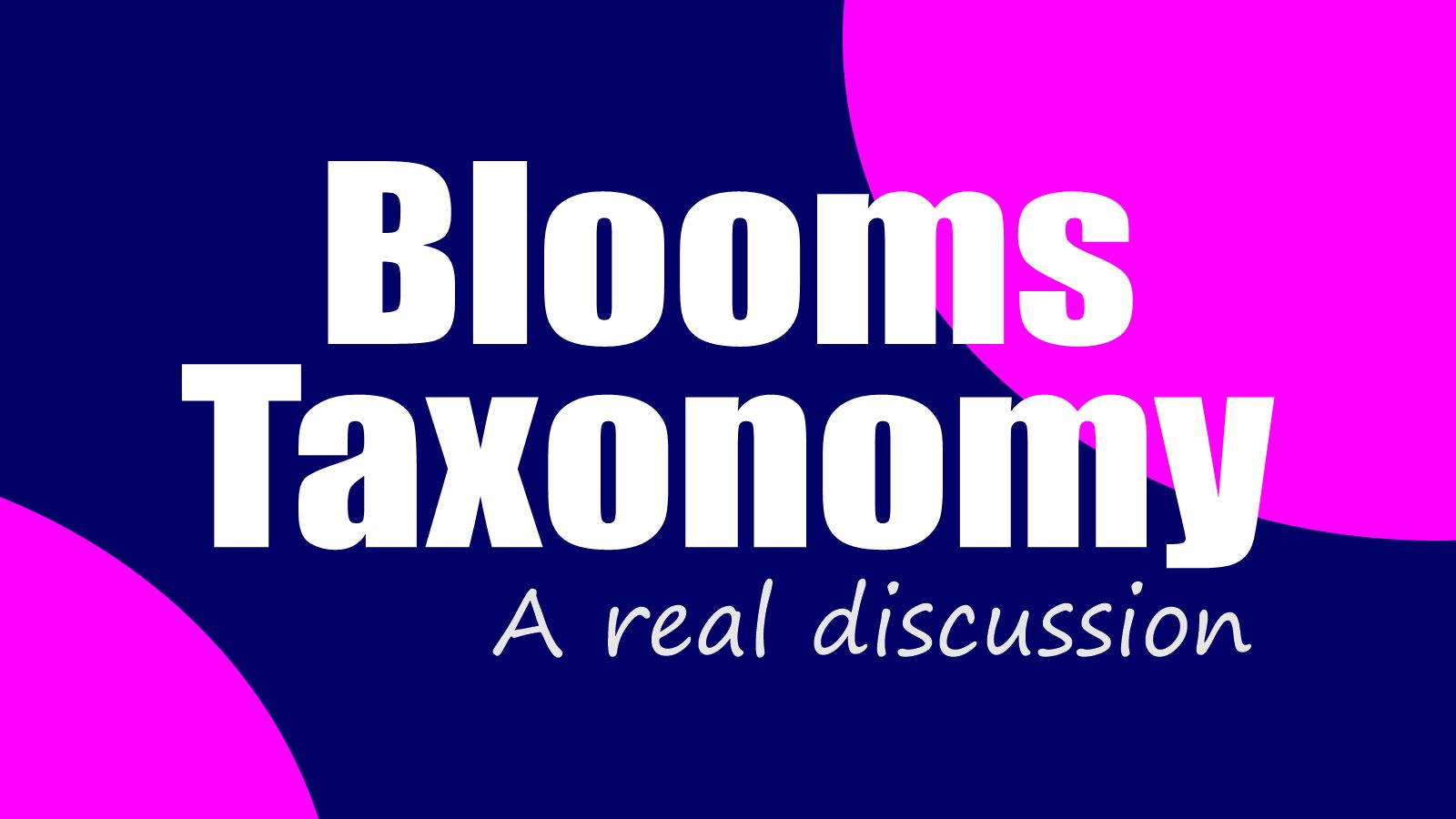The teachers who really want to modernize his/her teaching methodologies must use the best practices of Bloom’s Taxonomy. You can effectively plan your teaching to make the wonders happen!
Bloom’s Taxonomy is a best tool to build good teaching strategies for your classroom. As we have seen in previous Part-1 of this article, the main focus of Bloom’s Taxonomy is on cognitive skills of the students.
So in order to get the best teaching learning outcome, let us discuss the key strategies to include in your teaching.
As we learnt in previous part, there are 6 levels of Bloom’s Taxonomy (as explained in my first article) – they are remembering, understanding, applying, analyzing, evaluating and creating. You have to use all these levels to get maximum outcome.
I have observed that some teachers ask questions only to those students who are always ready to answer like studious students. But with such practice the teacher is ignoring the very first level of Bloom’s Taxonomy i.e. remembering the things (Knowledge). The teacher must ask every student with different types of questions.
I have also written a note, in my previous article, that using the strategy given in first level, makes the “shy” students bold enough to answer readily.
Giving importance to memorization only, doesn’t effusively work in today’s teaching methods. Remember, each level in Bloom’s Taxonomy has its own significance. If you use all of them, you will notice great progress in students.
I am not denying the memorization process. I know its effective enough, but that may lead in the reduction of cognitive part of understanding the things – comprehension of what the student is memorizing is equally important, else the student will be like a parrot…!
The teacher must work on each level giving extensive amount of time for each level of Bloom’s Taxonomy and then he/she must move to the next level. This is supposed to be the perfect progression of teacher and students, as well…!
The students must cope up with each level, to create good footprints of each level in them and will help them achieve the real progression. It is called the Bloom’s Spiraling.
Use of Modern Technology in Bloom’s Taxonomy
The use of innovative models while teaching a topic creates great impact on comprehension of the topic. In the revised taxonomy, innovative practices are more emphasized, which in turn compel the students to think innovatively.
For example, I use Circuit Tiles – my little innovation while teaching simple electrical and electronic circuits on white board. I use white magnetic board, on which first I draw the circuit, explain its working and then place the Circuit Tiles on each part of the drawn circuit. Then I connect the terminals of the components with crocodile clips and connect battery supply to it. And the circuit actually starts working in front of the students.
Every time I explain the circuit with Circuit Tiles, I observe great astonishment with satisfaction on students faces…! Within two to three such explanations the whole class wants to construct the circuit on white board. So one by one I call the students and ask them to draw the circuit and then construct it with Circuit Tiles.
I have been experiencing the most satisfying response from students. They get the complete understanding of the circuit. I also evaluated their understanding by taking short test exam and found that not a single student scored below 88% marks.


I had published a research paper of my innovation of Circuit Tiles in NCMRST National Level Conference at RLT College of Science, Akola and received 1st Prize for this innovation.
I told this story because I have been actually witnessing the effective use of innovative models related to the topics being taught.
Give them a Chance to Think
Let the students think! Let them think and act with their own ideas.
While teaching a circuit of simple Astable Multivibrator using circuit tiles, many students start thinking differently.
At this moment, I simply don’t give any theoretical explanation, but call them near the white board, ask them to check offhand. They take the circuits tiles of unequal values of capacitor and connect them in the circuit and check the result – I think, the huge smile on the faces of students is your achievement…!
Such practical approach for their own way of thinking, give them immense satisfaction and they understand the entire working of the circuit with all modifications…!
Assign a Task
Now in next strategy, assign them a task, for the topics that you taught. Let them think, let them work on their own to complete the task.
This strategy is proven to have a great change on the path of progression of student. I know it is not new to us, but strategically it’s different, because it compels the student to plan the task (project) related learning sequence.
While working on the given task, the students will definitely go through the sequence of levels, like defining, recalling and identifying the key modules of given task. Then they will weigh the cause and effect modules. And in final stage they will practically start working on the project task.
Appreciate & Give Credits
Who doesn’t like appreciation of something, he did! It creates a great confidence in him/her. While giving credits the teacher must be completely impartial. Give equal points or credits for students went through all levels. The teacher can reduce the points or credits, if a student is taking longer time in a particular level.
In my view, I am not in the favour of reducing points, if the student is taking longer time in a particular level. On the contrary, I reassign that student, on a different date, for same level. I do it, three times. And in worst case I found that in third round the student passes through that level successfully.
So utmost dedication of a teacher towards students is the key to success of students!
In next concluding part (Part-3) I will discuss more applications of Bloom’s Taxonomy in classroom and also try to focus on self organizing features of Bloom’s Taxonomy for M.Sc. & Ph.D. levels – this addition is suggested by Dr. M. S. Korde (Department of Electronics, RTM Nagpur University and DECS, RTMNU, Nagpur). I personally thank him!
Please post your feedback below, about this article. It will be of great help to improve the article.









Really Bloom’s Taxonomy is a best tool to build good teaching strategies for the classroom.
Very Nicely explained Sir. your circuit tile demo is superb 👌.
I have completed B.Sc with Electronics and it is one of my favorite subject. But today when I saw your video on circuit tile on youtube , I understood the concept very well.
Really its a boon to all teachers if they will use Bloom Taxonomy tool for teaching. Thank you Sir🙏
Thank you so much, ma’m. I hope that this article will help teachers to cultivate their teaching methodologies.
Thanks again.